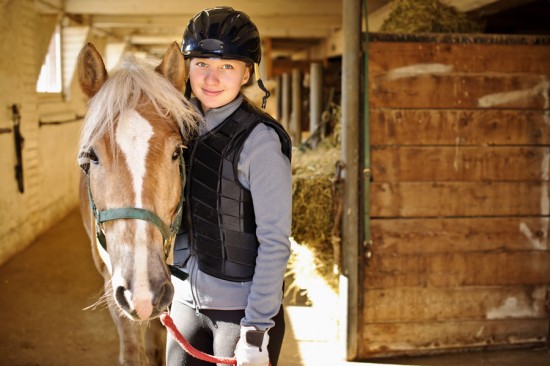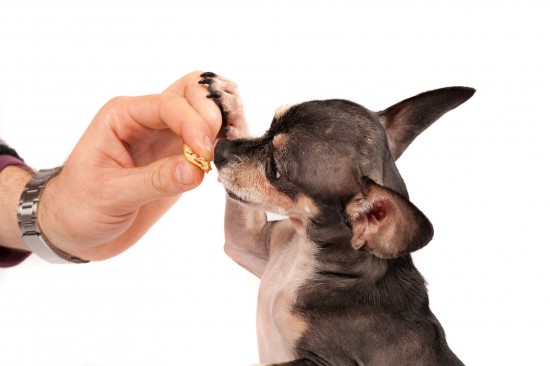
Signs of pain in a canine are not always pronounced, but there are signs that will help you discover that the dog is suffering from dog joint pain, if you know what those signs are.
Certain breeds of dogs are more prone to having joint problems as they get older, and other dogs may experience joint discomfort due to an injury or arthritis.
Joint pain may not be noticed when it first starts, but after awhile, the owner notices that the dog is acting differently. At first, the dog will have a slow day, and then will be more active the following day, and then maybe a week later, slows again; the owner will once again see the dog is acting differently, this time raising a caution flag.
If a dog always lies on the couch and this is the dog's favorite spot, one may observe the dog approach the couch, and then in slow motion, get onto the couch. The dog might even try a scoot method to avoid lifting the hind legs.
They will use the front legs as leverage, literally pulling the hind legs onto the couch to avoid pain. Another sign is the hunched look. When the dog walks, it may look like the hind legs are closer together, taking baby steps, and the rear part of the dog is almost into a hunched position.
To avoid the joint pain, a smaller step will replace a full flex of the hind leg. Observe the dog when they try to make a circle or turn, one may notice that they almost hop to complete the circle, or instead of a tight turn, they will make the turn around by walking in a larger circle.
This action is from hip pain in the rear joints that the dog is avoiding by walking or turning, and meanwhile trying to keep the weight off of the hind quarters. An owner may even think that the dog is constipated, because of the stiff hind quarters and lack of movement in that area.
The best way to determine what is causing the pain is to have a veterinarian do an x-ray of the joints. It can be from the hip bone being a flatter joint bone, as opposed to having a curve to keep the joint in place. This would then allow the joint to freely move within that area.
The best way to give a good example is: cup your left hand, then make a fist with the right hand, now place your fist into the cupped hand. That resembles a joint. Now flatten or open the left hand while keeping the fist, see how with the extra room the joint floats and does not stay in one place.
There are several different causes of why the family pet is experiencing dog joint pain. Have a vet examine the dog, and do an x-ray to determine the exact cause of pain; nobody enjoys pain, including the dog.
Visit Cactus Canyon for more information about dog arthritis joint pain and osteoarthritis in canines.
 Canine Rehoming And Its Failure Rate
Canine Rehoming A
Canine Rehoming And Its Failure Rate
Canine Rehoming A
 How To Stay Safe Around Horses & Avoid Unnecessary Accidents
How To Stay Safe
How To Stay Safe Around Horses & Avoid Unnecessary Accidents
How To Stay Safe
 More Information On Canine Infectious Respiratory Disease (kennel Cough)
More Information
More Information On Canine Infectious Respiratory Disease (kennel Cough)
More Information
 How to Get the Best Ebooks Using Guides
How to Get the Best Ebooks Using Guides
Lets f
How to Get the Best Ebooks Using Guides
How to Get the Best Ebooks Using Guides
Lets f
 How To Mentally Challenge Your Dog
How To Mentally C
How To Mentally Challenge Your Dog
How To Mentally C
Copyright © 2005-2016 Pet Information All Rights Reserved
Contact us: www162date@outlook.com